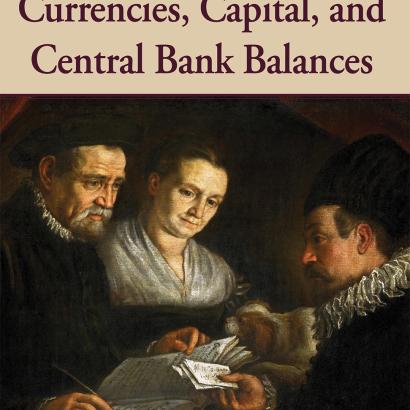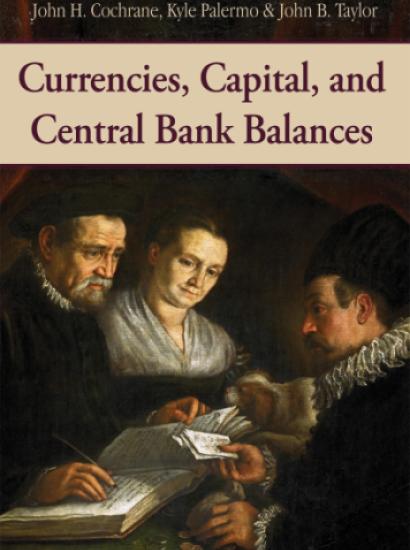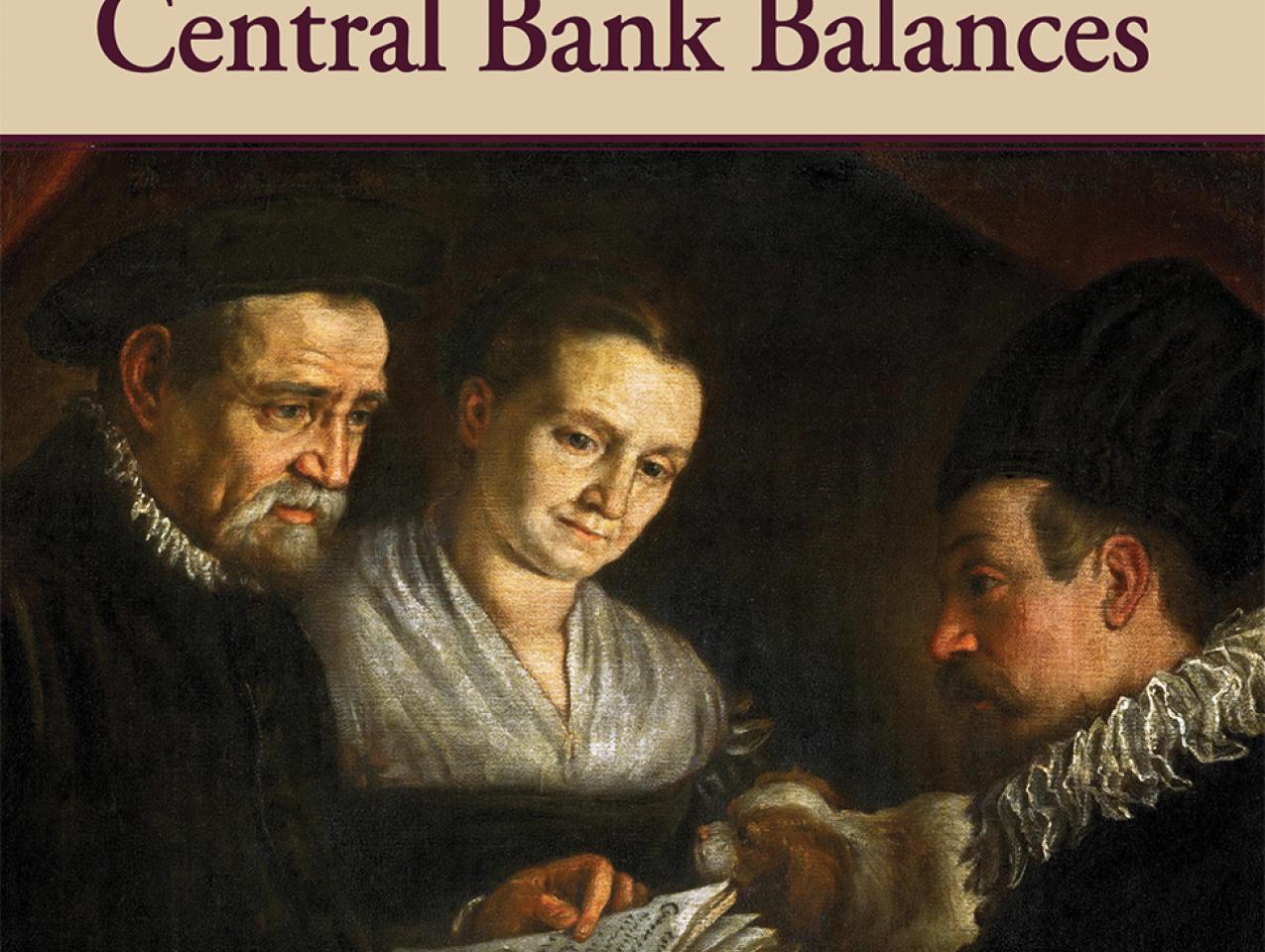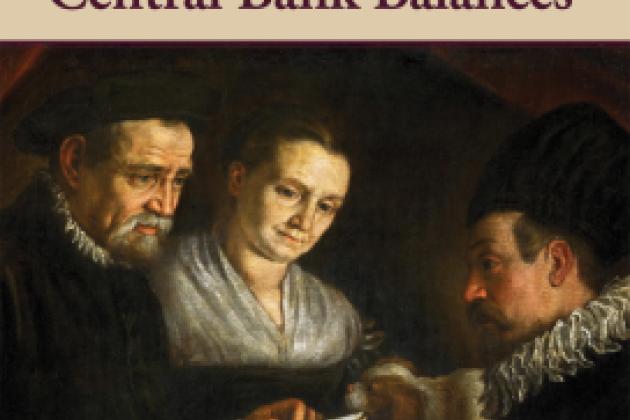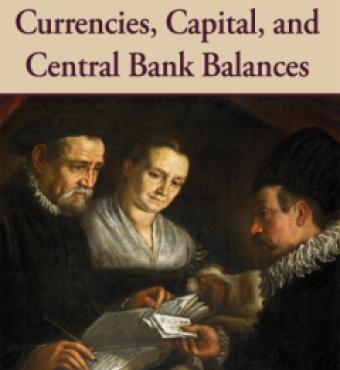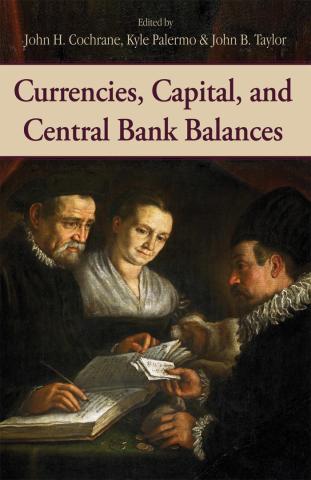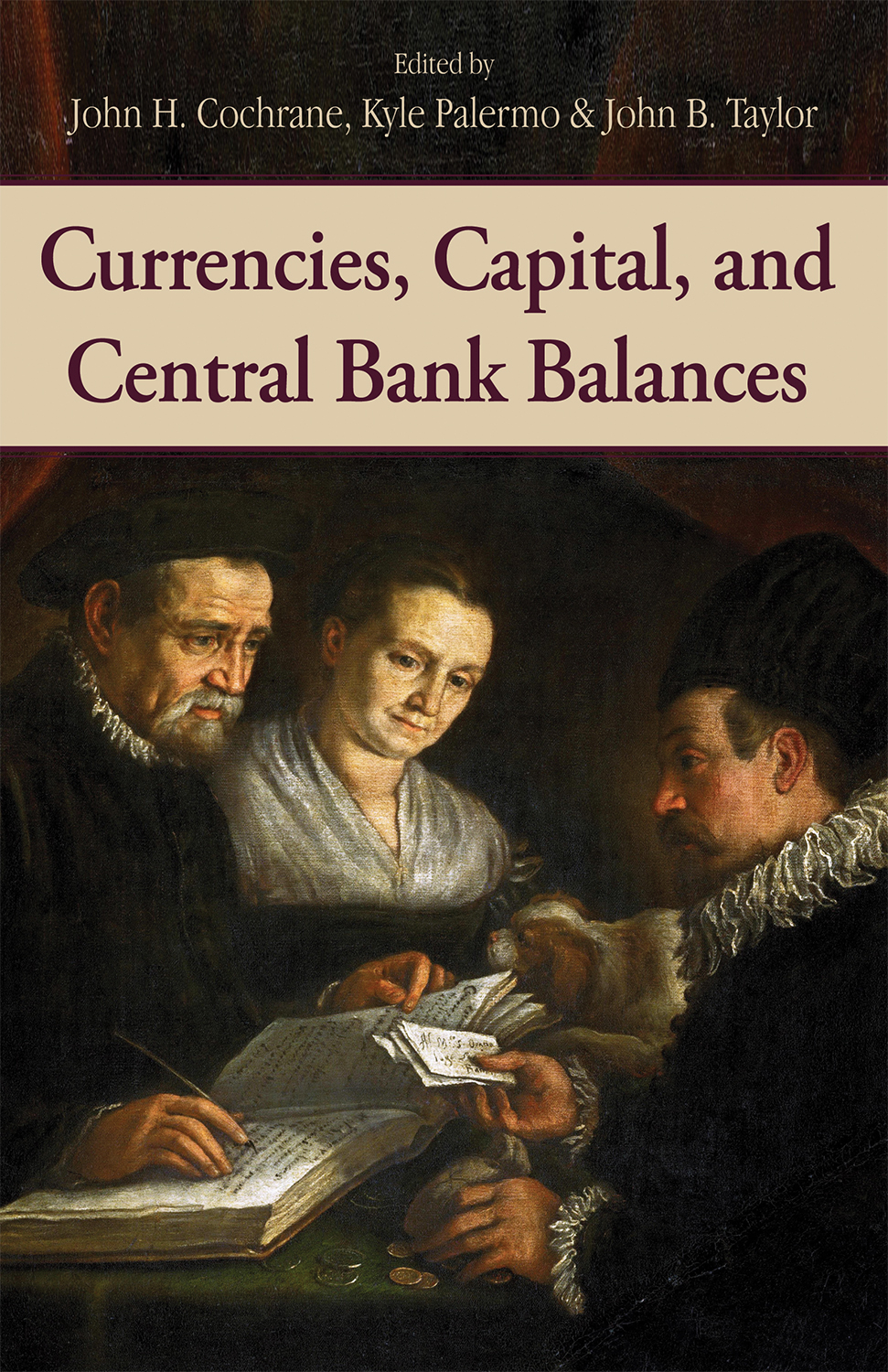
In their new Hoover Institution Press book, Currencies, Capital, and Central Bank Balances, economists John H. Cochrane and John B. Taylor and editor Kyle Palermo address big-picture debates affecting US and global monetary policy.
Drawing on a 2018 conference by that name, the Hoover Institution brings together leading academics and monetary policy makers in this volume to share ideas about pressing questions facing central banks today. With in-depth discussions covering the size of the Federal Reserve’s balance sheet, the role of government in encouraging or restricting capital flows, the volatility of capital flows and exchange rates, and many other pressing policy questions, they examine relevant research developments and argue options for reform.
Contributors include Adrien Auclert, Raphael Bostic, Sebastian Edwards, Peter R. Fisher, Esther L. George, Gita Gopinath, Oleg Itskhoki, Robert S. Kaplan, Mickey D. Levy, Lorie K. Logan, Prachi Mishra, William Nelson, Jonathan D. Ostry, Monika Piazzesi, Charles I. Plosser, Randal K. Quarles, Raghuram Rajan, Thomas J. Sargent, Martin Schneider, George P. Shultz, Paul Tucker, Kevin Warsh, and John C. Williams.
Issues in Monetary Policy
Two related issues pervade debates about monetary policy at individual central banks and reform of the international monetary and financial system: the volatility of capital flows and exchange rates, and the use of balance sheet policy by central banks. The key issues are whether capital flow management is appropriate to deal with volatility and whether the central bank balance sheet should be reduced to a level where interest rates are market determined. These issues are related because of the large effect of balance sheet operations on exchange rates and capital flows.
In this book, leading policy makers and academics examine current monetary and financial policies and attempt to offer alternatives to the current, often volatile, situation. They look, for instance, at the practical issues that need to be considered in framing possible rules of the monetary game. They explore the interplay between trade invoicing patterns and the pricing of safe assets in different currencies, showing why a dominant currency is so heavily used in both trade invoicing and global finance. They debate how post-crisis financial regulation, through its incentives for bank behavior, may influence the size of the Fed’s balance sheet in the long run. And they offer alternatives to the International Monetary Fund’s institutional view on the use of capital controls.
With numerous in-depth discussions of the volatility of capital flows and exchange rates, and the use of balance sheet policy by central banks, the contributors explore relevant research developments and debate policy options to offer a wealth of unique and creative alternatives to prevailing views.
MEDIA CONTACTS:
Clifton B. Parker, Hoover Institution: 650-498-5204, cbparker@stanford.edu







